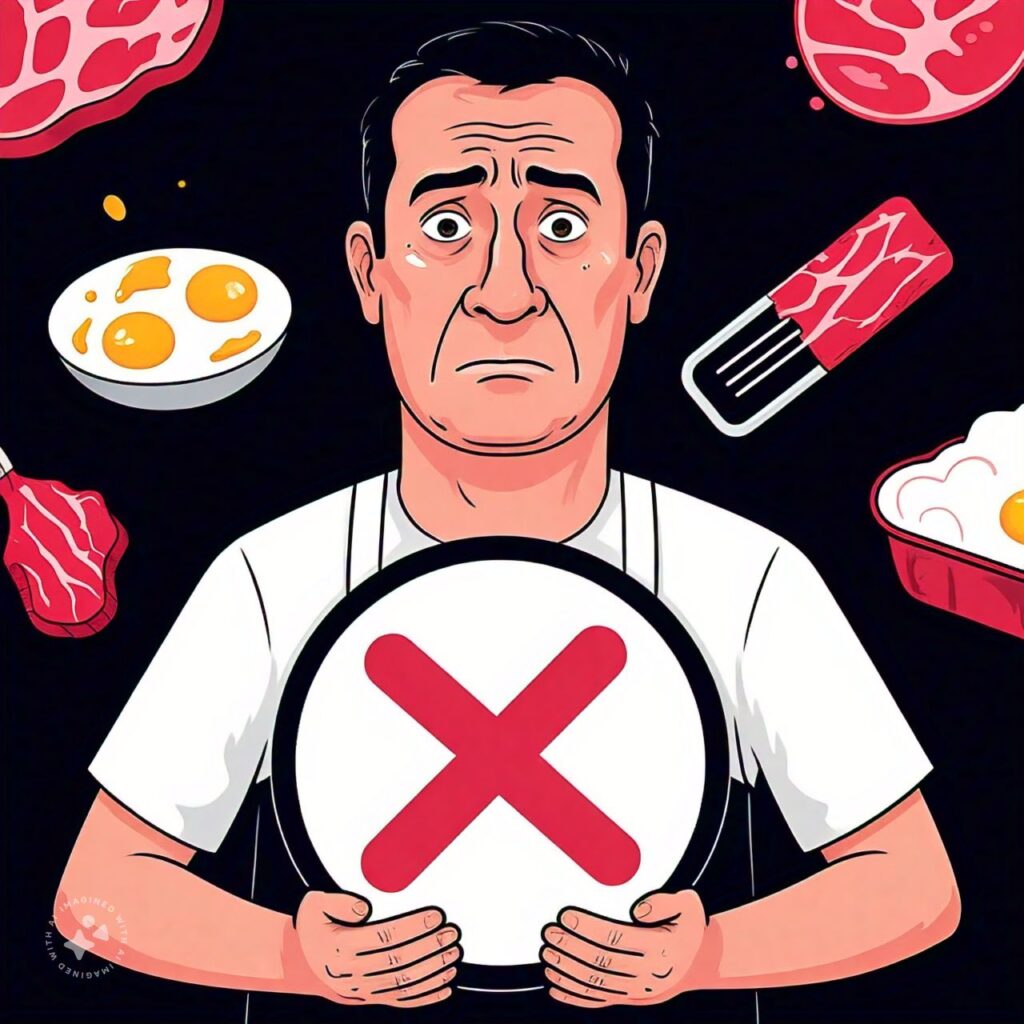While raw foods can be nutritious, some foods can pose health risks when consumed uncooked. From salmonella-tainted eggs to toxic raw kidney beans, here are 10 foods you should never eat raw to protect yourself from foodborne illnesses and other health risks.
Introducing raw food in a diet is regarded as natural as it shields one from toxins and other nasty substances but there exists a line of caution as not all edible products have the same safety margin when consumed uncooked. Some items such as raw vegetables, fruits or proteins can have poisonous contaminants, deadly bacteria that are harmful to human wellbeing. Risks of gastrointestinal disorders to life threatening ailments can be linked to poorly processed or consumption of raw food. Recognizing the associated dangers and combatting them with aggressive cooking practices can be effective in avoiding these risks while simultaneously having a healthy diet.
Here is a list of 10 common eatables which are best for your health when they are cooked.
1. Eggs
There’s a risk of Salmonella infection with raw or undercooked eggs, this is a bacteria notorious for causing severe food borne illness. It’s characterized with fever, abdominal cramps, diarrhea and vomiting. There’s also a recommendation to prefer pasteurized eggs when preparing dishes that require the use of raw eggs, for example when making mayonnaise or some types of desserts, like in the case of Simrat Kathuria, Head Dietitian and CEO of the Diet Xperts.
2. Mushrooms (Some Types)
As for non-foraged mushrooms sold in stores like button mushrooms, one can eat them raw, however, there are some wild mushrooms like Amanita which are very poisonous and can inflict you with extreme vomiting, organ failure or even be lethal. By cooking, almost all mushrooms, these poisonous elements are eliminated and makes mushrooms easier to digest.
3. Cashews
Eating raw cashew nuts is not recommended because they contain urushiolwhich is toxic and found in poison ivy. This toxin can be negative for respiratory and open skin surfaces. This is why commercial cashews have to be cut and roasted in order to be toxin free.
4. Potatoes
The skin of some potato varieties has some nascent green spots along with shoots, which contain solanine, toxic substances that lead to nausea, vomiting, and entire body malfunctioning. It can be firmly posited that cooked completely destroys solanine, and potatoes cannot be harmful to health.
5. Beans
Dr. P Nagar of Noida International Institute of Medical Sciences states that, raw kidney beans contain lectins which can be harmful and provoke a lot of stomach cramps and nausea. However, lectins do not pose a challenge, as well-cooked beans are safe and very healthy.
6. Pumpkin (Kaddu)
In moderation, the flesh of a pumpkin can be eaten raw, but mostly it is cooked because this enhances the taste and the level of sweetness. Cooking of pumpkin also makes it suitable for soups and curries.
7. Bottle Gourd (Lauki)
If not cooked, the patient may suffer from various digestive disorders. It is also used in ‘kaari’ and ‘sop’ and cooking it makes it tastier and safe.
8. Cabbage (Patta Gobhi)
While salads may often be prepared using raw cabbage, this vegetable can harbor insect pests and examination of a head of cabbage can produce a wealth of excessive insects. The gas-forming capacity of cabbage is diminished by salt and blanching in boiling water, making it more palatable when served raw.
9. Eggplant (Baingan)
The plant eggplant must not be consumed raw because of the presence of solanine, which is documented to cause headaches and stomach cramps when taken in excess. Solanine is not only rendered ineffective during cooking but the flavor is also made better.
10. Cauliflower (Gobi)
Cauliflower, when eaten raw, can harbor Enterobius infections, as its tightly packed structure can be home to worms and a number of insects. A simple method of limited blanched or cooked cauliflower will improve the flavor and safety of the vegetable making it safe for use in stir-fried vegetables and in curries as well.
The Why of Cooking
Cooking is done to improve the taste and texture of numerous foods, but it is the soaking of food which comes to performing such a vital function of destroying harmful bacteria and poisonous substances. It is true that some may favor eating raw food for the nutrients contained in it, but dangers such as those must be weighed in favor of food hygiene. Knowing these items enables one to take care of the health risks to construct a well balanced diet safely.


